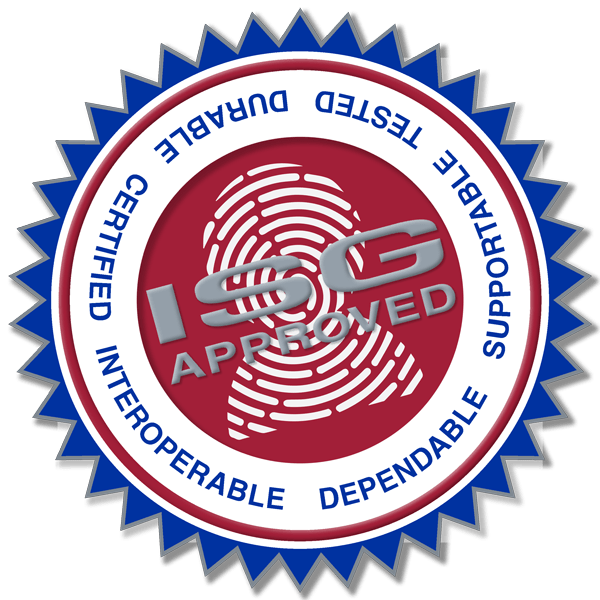Identity theft is a serious issue that affects millions of people every year. By understanding the common ways that people fall victim to identity theft, you can take steps to better protect your personal information.
What We Usually Think of as Identity Theft
The following are the most common and legitimate ways that people fall victim to identity theft:
1) Phishing Scams
Phishing is a type of scam in which a criminal sends an email or text message that appears to be from a legitimate source, such as a bank or government agency, asking for personal information. These messages often include links to fake websites designed to steal personal information. A study by the Federal Trade Commission (FTC) found that 29% of all identity theft complaints in 2020 were about phishing scams. This was the most common type of identity theft.
2) Data Breaches
When criminals get into a company’s computer systems without permission and steal personal information, this is called a “data breach.” These kinds of breaches can happen at any business that collects personal information, like stores, banks, and even hospitals. In 2020, 26% of all complaints to the FTC about identity theft were about data breaches.
3) Lost or Stolen Wallets & Purses
Losing your wallet or purse can be a major inconvenience, but it can also lead to identity theft if your personal information falls into the wrong hands. Criminals can use your driver’s license, credit cards, and other information to commit fraud and other crimes. The FTC reported that lost or stolen wallets and purses made up 14% of all identity theft complaints in 2020.
Ways to Reduce Your Risk of Identity Theft
Some steps you can take to minimize your risk include:
- Be cautious of unsolicited emails and text messages asking for personal information, and never click on links or provide personal information in response to these messages.
- Check your credit report regularly to make sure that no unauthorized accounts have been opened in your name.
- Use strong, unique passwords for all of your online accounts, and change them regularly.
- Be careful about who you share your personal information with, and only provide it to trusted sources.
- Keep an eye on your bank and credit card statements, and report any suspicious activity to your bank or credit card company.
It’s also important to be vigilant for any signs that your identity might have been stolen, such as receiving bills for items you didn’t purchase, being denied credit for no apparent reason, or being contacted by collection agencies for debts that aren’t yours. If you suspect that your identity has been stolen, you should contact the FTC or your local law enforcement agency for assistance.
Enhancing Your Workplace Security
While individual vigilance is key to safeguarding personal information against identity theft, the responsibility extends beyond personal measures to professional settings as well. Healthcare facilities, schools, and other institutions handle a vast amount of sensitive data, making them prime targets for identity thieves. In these environments, where the stakes of a data breach are particularly high, adopting stringent security measures becomes crucial. This not only protects the personal information of patients, students, staff, and visitors but also minimizes the institution’s liability in the event of a security breach.
Professional environments, such as businesses, healthcare facilities, and educational institutions, have a critical role in minimizing the risk of identity theft and data breaches. Here are some ways they can enhance their security measures:
- Regular Security Audits & Risk Assessments: Conducting regular audits of security systems and risk assessments can help identify vulnerabilities in data management and storage processes. This proactive approach allows organizations to address potential weaknesses before they can be exploited.
- Employee Training & Awareness Programs: Employees are often the first line of defense against data breaches. Regular training on data protection policies, recognizing phishing attempts, and proper handling of sensitive information can significantly reduce the risk of internal breaches.
- Implementing Strong Access Controls: Limiting access to sensitive data based on roles and responsibilities ensures that only authorized personnel can view or modify personal information. This can be achieved through user authentication protocols, such as passwords, biometrics, or smart cards.
- Encryption of Sensitive Data: Encrypting data both in transit and at rest adds an additional layer of security. Even if data is intercepted or accessed by unauthorized individuals, encryption makes it difficult for them to understand or use the information.
- Secure & Regular Data Backups: Regularly backing up data in secure locations ensures that in the event of a data breach or system failure, the information can be recovered without significant loss.
- Network Security Enhancements: This includes using firewalls, antivirus software, and intrusion detection systems to protect against external threats. Regularly updating these systems and conducting penetration testing can help in identifying and mitigating new threats.
- Secure Disposal of Sensitive Information: Properly disposing of physical and digital data once it is no longer needed is crucial. This includes shredding physical documents and securely erasing electronic files to prevent unauthorized access.
- Incident Response Plan: Having a well-defined incident response plan in place ensures a quick and coordinated response to any data breaches. This plan should include steps for containing the breach, assessing the damage, notifying affected parties, and reporting to relevant authorities.
- Compliance with Data Protection Regulations: Ensuring compliance with relevant data protection laws and regulations, such as GDPR in the European Union or HIPAA in the United States, is critical. This compliance helps in establishing a framework for data security and privacy.
- Vendor Management & Due Diligence: Organizations should ensure that third-party vendors who have access to sensitive data also adhere to strict data security standards. Regular audits and reviews of vendor practices can help maintain overall data security.
By implementing these strategies, professional environments can significantly reduce the risk of data breaches and identity theft, thus protecting not only their own data but also the sensitive information of their clients, patients, students, and employees.
Identity Management Solutions from the ISG
Protecting the digital identities of your employees, students, patients, customers and/or visitors is essential to maintaining a trusted business. Your nationwide network of ISG member dealers can provide every aspect of identity management from secure physical ID cards, virtual ID badges, and digital certificates for access control and tracking. They also offer unique solutions for securing used printer consumables, remote management of expired credentials, and more, to keep your people, places and things safe.
Contact us to speak with your local ISG member dealer about any other identification, access control or tracking needs you might have. Tell us your story, and let’s help you write the next chapter.


